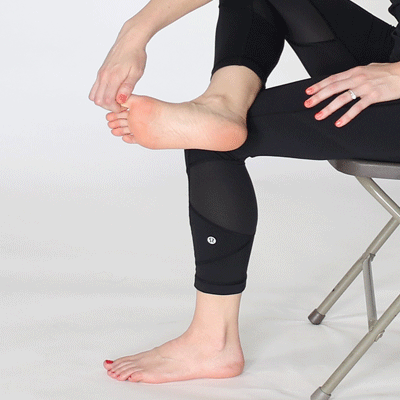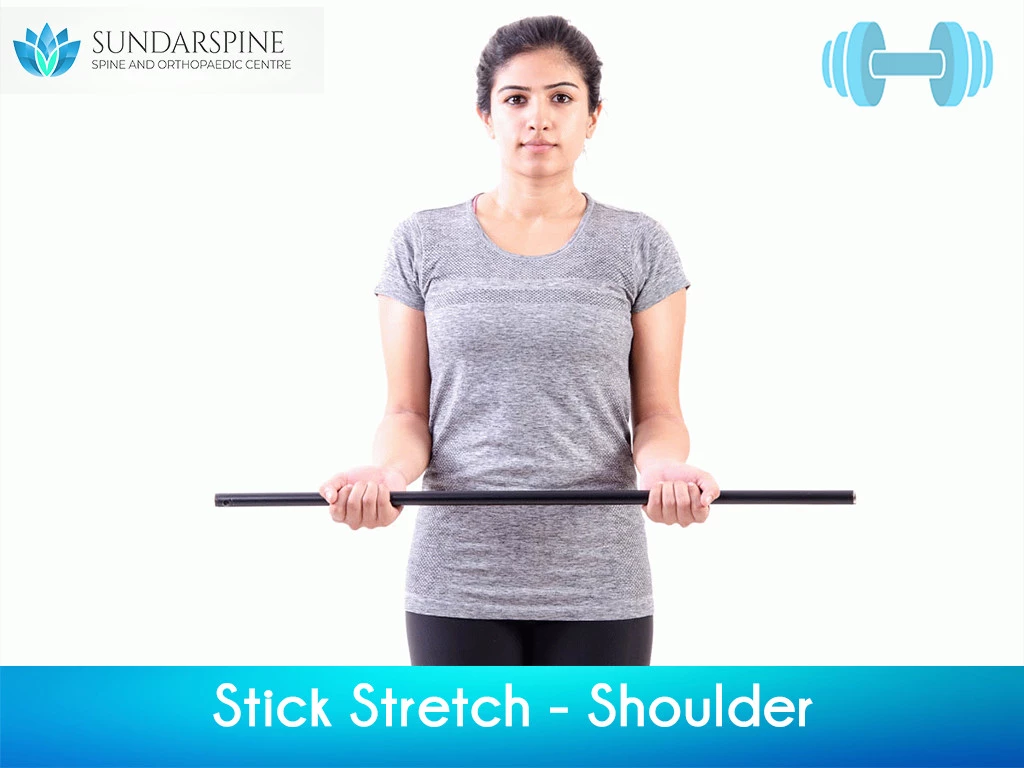- drsundar@sundarspine.com
- Youtube
For Appointments, Call
+(91) 9080 9680 66
+(91) 9080 9680 66

Plantar fasciitis is a condition that causes heel pain. It can affect people of all ages and abilities but is more common among runners and people who spend a lot of time on their feet.
Research shows that both strengthening and stretching exercise programs, including stretching the Achilles tendon, can significantly reduce pain and improve walking in people with plantar fasciitis.
Many people endure foot or ankle discomfort at some point in their lives. Keeping your feet firm can help ease chronic pain while also improving your general health and flexibility.

Towel toe curls are one of the most basic yet effective stretches for relieving plantar fasciitis discomfort. These can help to soothe your nerves, loosen your muscles, and increase joint lubrication.
This workout may be done anywhere as long as you have a napkin or towel to tread on.
Instructions:

This plantar fasciitis stretching technique is useful for relieving the intense, agonizing discomfort in your heel when you first get out of bed.
Instructions:

Women who wear high-heeled shoes understand how uncomfortable and swollen their feet can become after a long and exhausting day. The consequences would be significantly more severe for those who aren’t used to wearing these types of shoes.
This is one of the greatest plantar fasciitis stretches for the modern working lady because it is incredibly convenient and simple to perform.
All you need are your toes, your hands, and a seat. Plus, it’s a discrete exercise, so you can do a few sets anyplace.
Instructions:

This three-stage workout will help strengthen all regions of the foot and toes.
Instructions:

Your inflamed heel is isolated by the high calf stretch. This is best suited for experienced stretchers who can tolerate a little extra pressure on their foot.
However, if you have a condition that affects your balance or joint strength, look for other stretching methods.
Instructions:

The standing calf stretch not only relieves heel discomfort but also loosens the muscles in your legs. As a result, it is an excellent warm-up exercise for hard leg activities such as squatting, sprinting, and leaping.
Even if your heels are fine, do at least three sets of these plantar fasciitis stretches before exercising. This reduces the likelihood of injuries such as sprains, shin splints, or nerve irritation.
Instructions:
Do this workout at least four to six times per day for optimal effects.

One of the most effective plantar fasciitis workouts is arch roll ice massage:
To begin, gently massaging the sole of your foot with the tool can assist relieve nerve stress. Perform this exercise while standing up to apply greater pressure to your foot.
Second, the tool’s cool temperature can help you heal faster by reducing inflammation. Use something that can stay frozen for at least five minutes.
Finally, the rolling motion stretches your heels deeply. This is not something that can be accomplished with basic static stretching exercises.
Instructions:

The big toe stretch focuses on the inside of your heel. This makes it excellent for folks who suffer from instep arch and ankle aches. Remember that the idea here is to stretch your big toe forth and backward rather than move it.
Instructions:
Rep the entire set three times more. Perform this workout at least three to four times per day for optimal benefits.

The marble pickup strengthens the muscles on the undersides of the foot and toes.
Instruction:

Walking barefoot in the sand is an excellent technique to stretch and strengthen your feet and calves. This is a fantastic general-purpose exercise since the soft texture of sand makes walking more physically challenging.
Instructions:













To prevent spondylosis and relieve muscle spasm, neck strain
To prevent and treat frozen shoulder and rotator cuff injury
For low back pain, disc problem and lumbar strengthening
To prevent and treat arthritis, heel pain and deep vein thrombosis